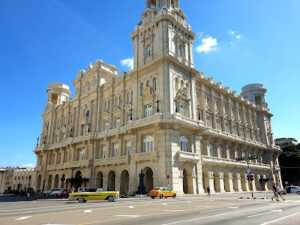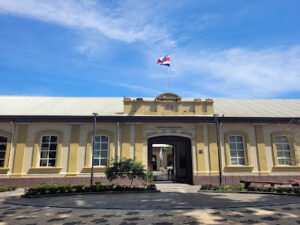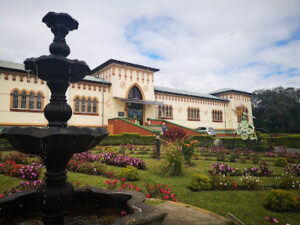Svalbard Museum
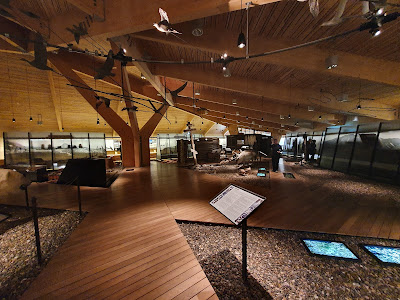
Introduction
The Svalbard Museum, located in Longyearbyen on the Svalbard archipelago in northern Norway, offers a captivating journey into the region’s rich natural and cultural heritage. Situated in the modern Svalbard Science Centre (Forskningsparken), the museum serves as a compelling gateway between the stark Arctic landscape outside and the stories, science, and history within its walls. Whether you are drawn by the wildlife of the tundra, historical expeditions, or Arctic geology, this museum offers an inspiring overview of life at the top of the world.
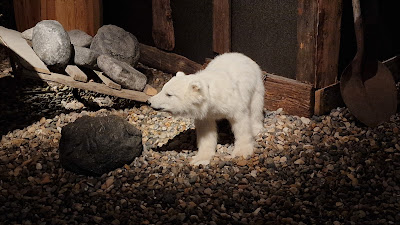
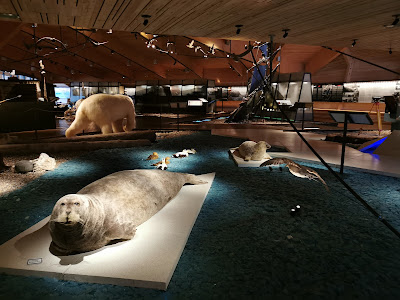
About the Museum
The core mission of the Svalbard Museum is to collect, preserve, research, and educate visitors about the natural environment, cultural history, and heritage conservation of Svalbard. Since its inception in 1964, the institution has grown from humble volunteer efforts to a professional foundation housed in a 1,500 m² facility within the Science Centre, which it occupied in 2006 .
Today, the museum boasts a diverse collection of approximately 55,000 artifacts and over 27,000 digitized photographs. Exhibitions are thoughtfully arranged with models, reconstructed settings, and bilingual text in English and Norwegian, creating an immersive and educational experience.
Visitors explore the museum at their own pace, typically spending 60 to 90 minutes in the basic exhibition. Facilities include a wheelchair-accessible layout, free wardrobes and lockers, eco-friendly shoe covers (a local tradition), and a gift shop offering literature, maps, locally made knitwear, jewelry, and other authentic souvenirs.
Interesting Facts
- Four hundred years of history: The museum traces human presence in Svalbard—from early whalers and Russian Pomor hunters to modern coal mining, scientific observations, and tourism.
- Council of Europe Museum Prize: In 2008, it was honoured with the prestigious European Council Museum Prize for excellence.
- Immersive exhibitions for all ages: Children and adults can enjoy interactive features like excavating a plesiosaur fossil replica and crawling through a recreated mining tunnel.
- Geo‑scientific insights: The museum explains Svalbard’s geology—how it was once located much further south, the formation of its coal layers, and its pivotal role in Arctic research.
- Natural world up close: Life-size reconstructions and displays showcase iconic Arctic fauna, including polar bears, seals, reindeer, migratory birds, and tundra plants .
- Inner Arctic space: A tranquil “Inner Arctic” zone invites reflection, complete with soft lighting, panoramic tundra views, and quiet reading spaces.
- Seed Vault connection: In the lobby, informative screens explain the nearby Svalbard Global Seed Vault; while public access inside the vault is restricted, its exterior is viewable and included.
Photo Gallery
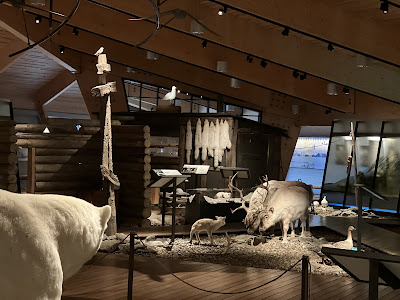
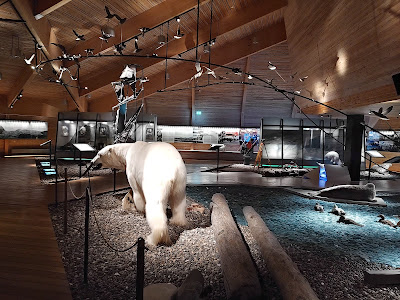




Physical Location
Contact Details
Phone: +477 902 6490
Website: svalbardmuseum.no/
Facebook: facebook.com/svalbardmuseum
Conclusion
The Svalbard Museum in Longyearbyen offers an enriching and accessible experience for anyone intrigued by the Arctic’s past, present, and future. It strikes a remarkable balance between engaging storytelling and scientific insight, with exhibitions that are both immersive and educational for adults and children alike. By combining a comprehensive collection of artifacts, interactive displays, and scenic displays, the museum brings the essence of Svalbard vividly into focus. From geological revelations to wildlife adaptations, and from early exploration tales to modern environmental stewardship, it provides a unique lens through which to understand life in this extraordinary polar region. For travellers to Longyearbyen, the museum is not just a visit—it is an invitation to reflect on humanity’s place in the Arctic and our collective responsibility to preserve it.
